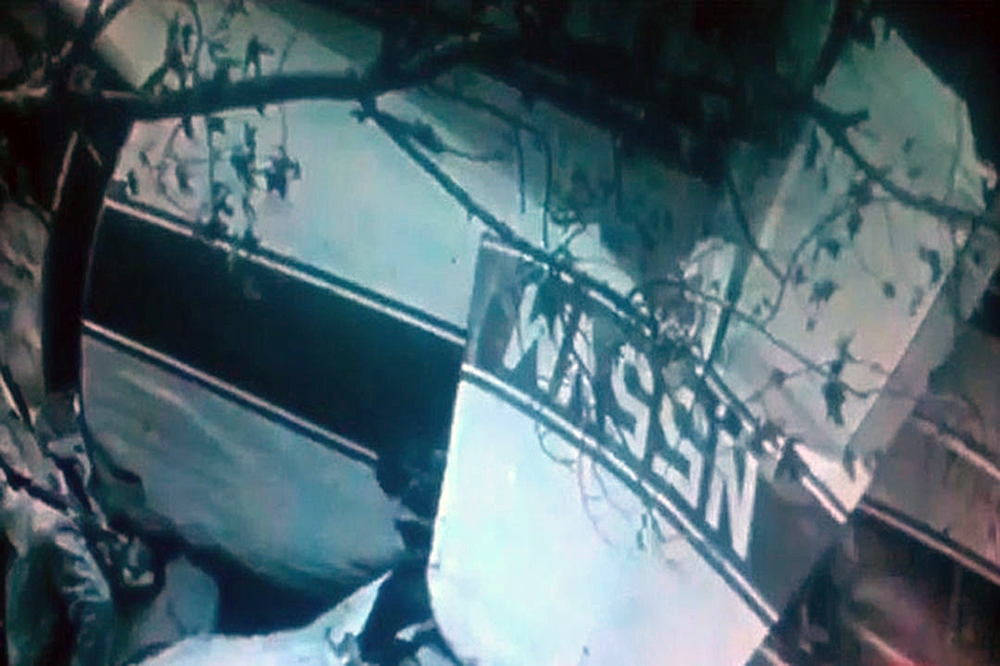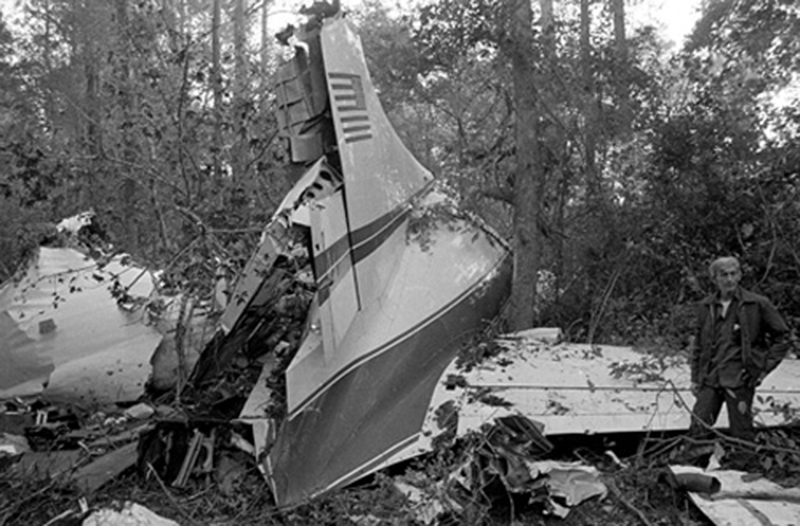Crash of a Cessna 414 Chancellor in Aberdeen
Date & Time:
Jan 12, 1982 at 1600 LT
Registration:
N7706
Survivors:
Yes
Schedule:
Oklahoma City - Miami
MSN:
414-0071
YOM:
1970
Crew on board:
1
Crew fatalities:
Pax on board:
2
Pax fatalities:
Other fatalities:
Total fatalities:
0
Captain / Total hours on type:
46.00
Circumstances:
The non-instrument rated pilot crashed about three hours after taking off with 4 1/2 hours of fuel on board. He crashed while attempting an off airport landing in a large field. The field was located less than half way to his destination. The sheriff reported minimum visibility with snow and freezing rain. The occupant received only minor injuries, but the plane was destroyed by impact and ground fire. An examination of the wreckage revealed no evidence of a pre-impact malfunction/failure of the engine or in flight fire. The pilot provided the following account: he was cruising above an overcast at 17,500 feet when the left engine began cutting out and forced him to descend through the clouds; he descended to VFR conditions at 1,200 feet agl over snow covered terrain and determined his location by viewing a water tower. He then elected to land in a field when he saw smoke and fire coming from the engine cowling. While landing, the left wing dropped and touched down first.
Probable cause:
Loss of engine power due to improper in-flight decision on part of the pilot. The following findings were reported:
- Clouds,
- Low ceiling,
- Rain,
- Icing conditions.
- Clouds,
- Low ceiling,
- Rain,
- Icing conditions.
Final Report:



